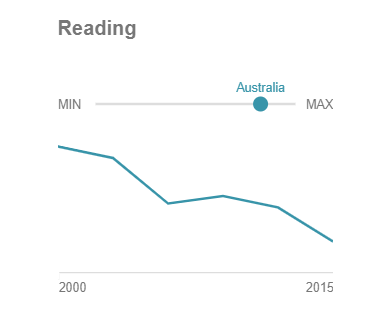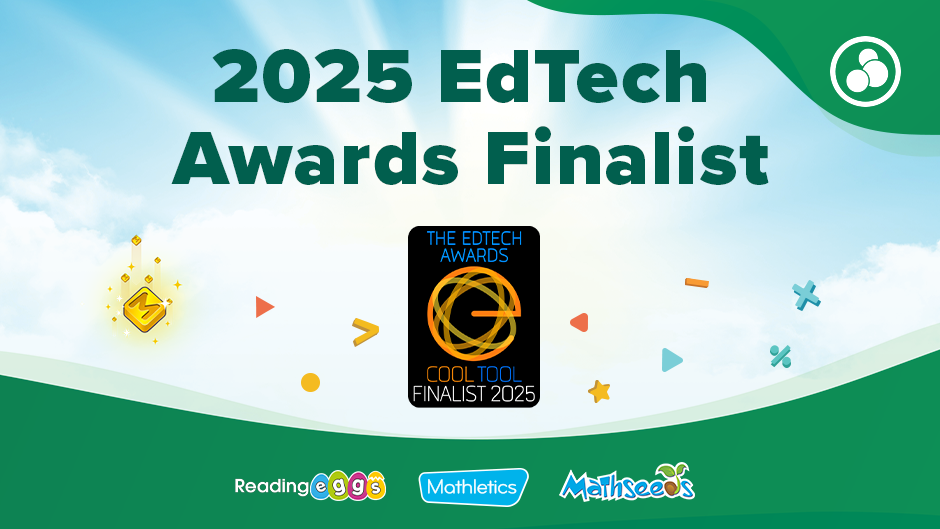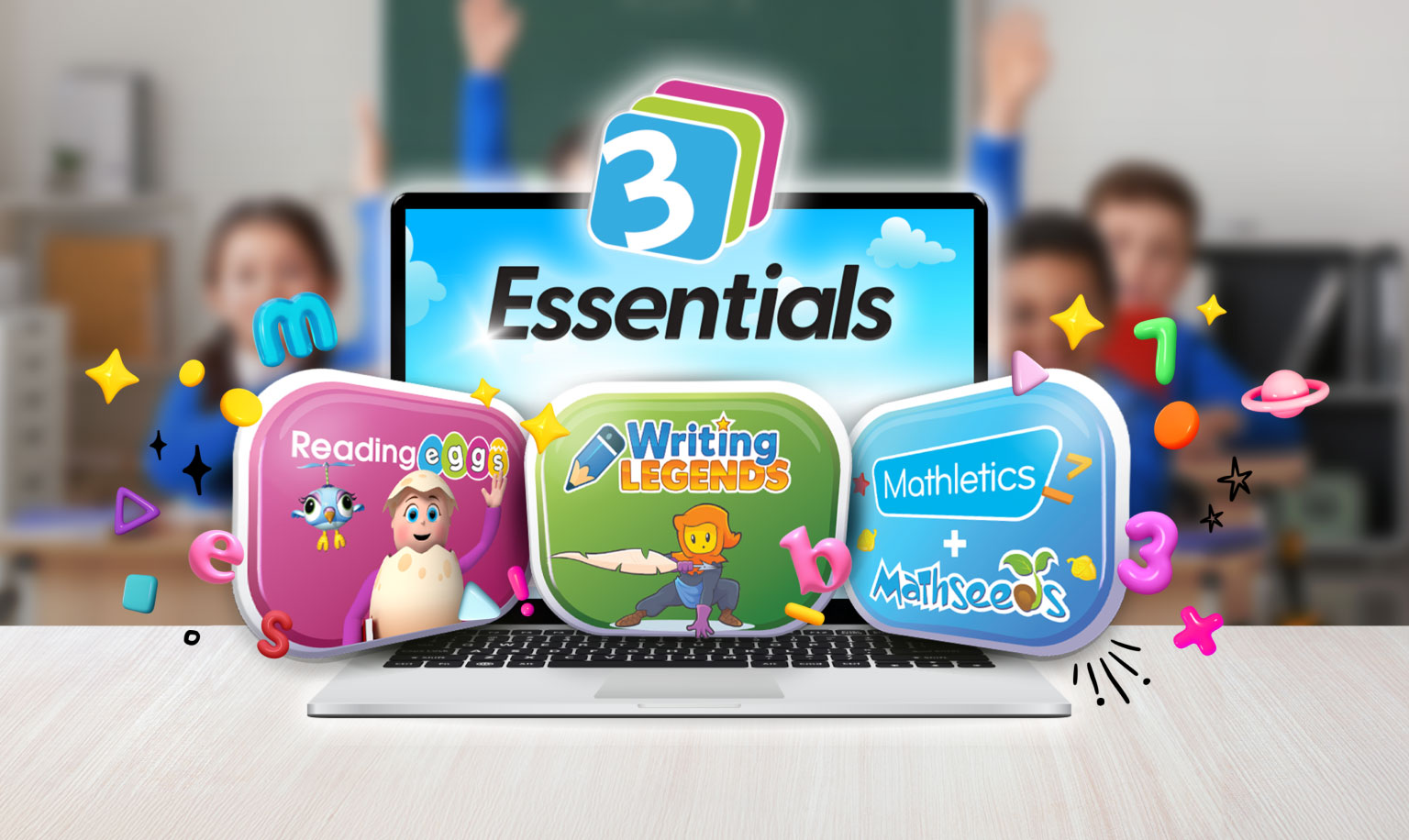
A snapshot of Australian student literacy
Australian student literacy has been in sharp decline since 2000 – we look at the reasons why and what we can do about it.
We’re in the age of information, where the ebb and flow of the global economy and mankind’s greatest achievements are borne from our ability to easily and immediately communicate knowledge.
Australian students don’t look prepared for this world.
Our student literacy is in decline.
And it’s getting worse.
A snapshot of Australian student literacy
Love it or hate it, the NAPLAN results over the last two years tell a grim story about the state of writing:
| Year level | 2015 – percentage of students below minimum standards | 2016 – percentage of students below minimum standards | ||||
| Reading | Writing | Language Conventions | Reading | Writing | Language Conventions | |
| Year 3 | 5.4% | 4.1% | 6.6% | 4.9% | 3.9% | 5.2% |
| Year 5 | 6.7% | 7.7% | 6.8% | 7% | 6.8% | 6.7% |
| Year 7 | 4.6% | 12.7% | 7.3% | 5.4% | 10.3% | 7.1% |
| Year 9 | 7.6% | 19.5% | 10.4% | 7.2% | 17.1% | 9.5% |
| Year level | 2017 – percentage of students below minimum standards | 2018 – percentage of students below minimum standards | ||||
| Reading | Writing | Language Conventions | Reading | Writing | Language Conventions | |
| Year 3 | 5.1% | 4.5% | 6.1% | 4.4% | 5.6% | 5.7% |
| Year 5 | 6.1% | 8.3% | 6.9% | 5.2% | 10.1% | 6% |
| Year 7 | 6% | 12.1% | 7.3% | 6% | 13.1% | 7.6% |
| Year 9 | 8.3% | 18.4% | 10% | 6.6% | 20.5% | 9.1% |
Sources: NAPLAN 2015, NAPLAN 2016, NAPLAN 2017, NAPLAN 2018
To put this in perspective:
Writing scores have never been lower in the history of the NAPLAN (ABC News)
The trend looks set to continue.
Reading isn’t crash-hot either
Compounding this is our students’ reading ability, where Australia is falling behind Ireland, England, Canada and the United States. In fact, we have the “second-largest proportion of children below the international intermediate benchmark for reading among English-speaking countries” (The Conversation). Further results from PISA 2015 show that reading standards have fallen staggeringly since 2000:

PISA 2015 results showing students position in comparison to the OECD student population and decline over time.
We have a problem.
Literacy – the ability to read and write – is a fundamental skill. The consequences of poor literacy aren’t confined to badly structured emails or miscommunications; they affect job prospects, the ability to partake in social and democratic dialogue, and health — think about not being able to read or comprehend a prescription or understand work safety guidelines.
Before we look at the “why” – let’s get a better understanding of what makes up writing and reading.
What is writing?
Writing is the ability to use symbols (like letters) to communicate meaning, from something as simple as a word or sentence, to something as complex as an essay, review or novel.
We use the NAPLAN to gauge our students’ writing capabilities.
Writing in the Australian Curriculum is split into three ‘text categories’ – imaginative writing, informative writing and persuasive writing.
Imaginative writing is creative writing in the form of a narrative, like a story, fairy-tale, or myth. Students are asked to create a narrative that has an orientation (characters, setting, direction), a complication (the problem to be solved or challenges to overcome) and the resolution (the ending, where the problem is resolved).
Informative writing is explanatory writing, like a report, historic account or essay. Students are asked to use a source of information to help their reader understand a topic or question.
Persuasive writing is argumentative writing, like an exposition, discussion, opinion piece, debate or review. Students are asked to convince their readers to agree with their view on a topic, structured with an introduction (the idea being presented and intentions), a body (explanation of those intentions) and a conclusion (summary of introduction and body).
For the NAPLAN testing, students are presented with a prompt for one of either imaginative or persuasive writing.
What is reading?
Reading is made up of five parts:
- Phonics (mapping sounds to letters)
- Phonemic awareness (how multiple sounds come together to make up a word)
- Vocabulary (the library of words we know the sound and meaning of)
- Fluency (the time between recognising and understanding a word)
- Comprehension (how much meaning, information and inference can be made from a text).
Confident readers can decipher texts, speak them aloud, and draw meaning from them.
Why is literacy in decline?
There are three main factors causing the decline of literacy:
- Curriculum depth
- Teachers and the digital classroom
- Text speak
Curriculum depth
In the Australian Council for Educational Research’s (ACER) 2016 report ‘Five Challenges in Australian School Education’, the curriculum was referred to as “mile-wide, inch-deep”, and being perceived as “crowded”.
Misty Adoniou, an Associate Professor in Language, Literacy and TESL at the University of Canberra, supported this view, stating that:
“[We need to] Raise our expectations of our students. And raise the quality and the challenge of the literacy work we do with them … Our attention needs to focus on developing the deep comprehension skills of our upper-primary and high school students. And our teachers need — and want — the resources and the professional learning to help them do this” (The Conversation).
If teachers are struggling to cover the scope of the curriculum, how can we expect them to find the time to strengthen the skills of their students?
But their challenge doesn’t end there …
Text-speak
Computer Mediated Language (CMC), text-speak, SMS language — whatever name it goes by — has made its way from the smartphone to the classroom, and if we’re to believe certain horror stories — all the way to exams.
A small study of 52 high school students and 53 undergraduates found that the use of textisms negatively correlated with scores for:
- Reading
- Non-word reading
- Spelling
- Morphological awareness (explicit thinking about the smallest units of meaning in language, like prefixes, suffixes, bound roots and root words).
Again, this is a point of teacher pressure. There’s no way for teachers to police language used by students in their own time, and they have a harder job trying to convince them to move away from what is inarguably an easier language to speak and use.
But that’s still not all …
The explosion of tech in the classroom
Approximately 94% of Australian students have their own learning device.
This push for a 1-to-1 ratio of devices to students began in 2007 with the “Digital Revolution Program” in schools — and this has placed pressure on teachers to keep up with the technological push whether they’re ready or not.
Focusing on technology for technology’s sake took attention away from what really matters —great teaching.
Now, more than ever, technology in the classroom needs to be relevant, useful, and support teachers to give real help to their kids.










